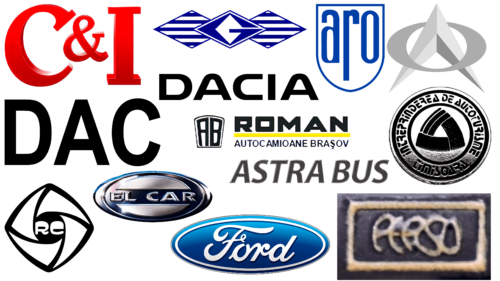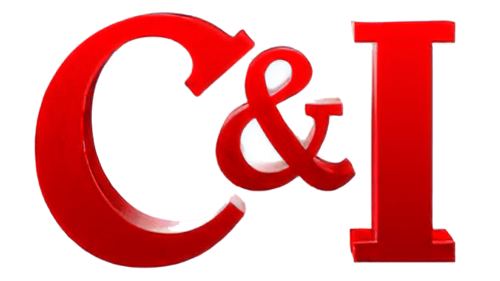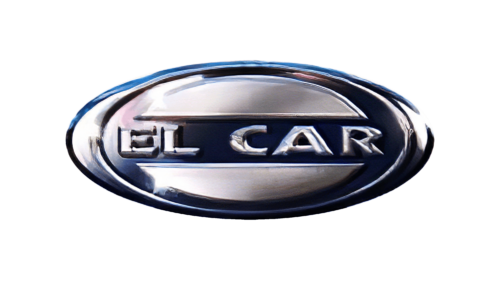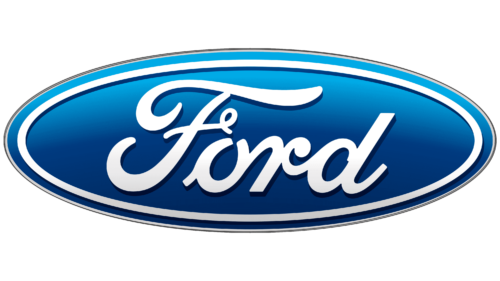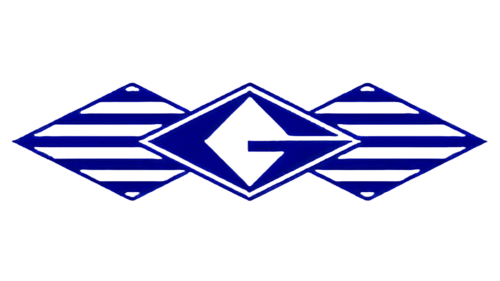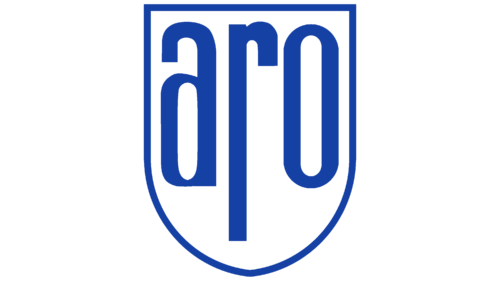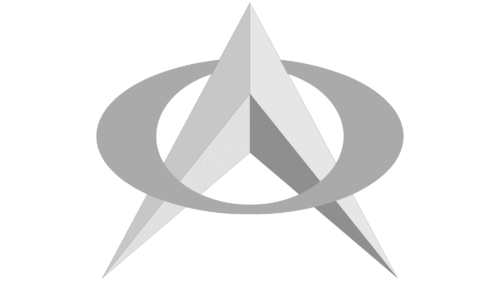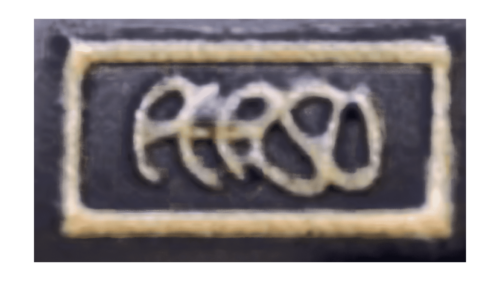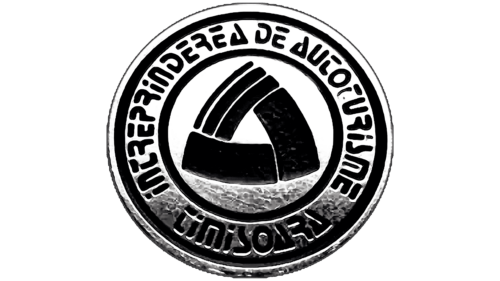The automotive industry in Romania is growing rapidly. During the communist regime, it was one of the most advanced in Central Europe. However, after 1989, the industry declined: many enterprises went bankrupt due to failed privatizations. Among them were Oltcit, ARO, Tractorul Braşov. At that time, foreign automakers entered the market and showed interest in establishing their subsidiaries.
What are Romanian automobile brands?
This European country has its own authentic automotive brands: Ford Romania, Roman Braşov, Igero, Automobile Dacia, Astra Bus, Cibro, DAC, El Car, and Grivbuz. Inactive automakers include ARO, Oltcit, Rocar, Automobile Craiova, Malaxa, and AA&WF.
Romania is a country with a developed automotive industry. It has old enterprises, formed at the beginning of the last century, and young ones, formed in the 21st century. Both groups are successfully engaged in the production of in-demand transportation equipment. Among them are companies specializing only in passenger cars (Dacia) and companies focused on large-capacity special vehicles. For example, bus production is very popular in the region – El Car and Astra Bus represent it.
Active Manufacturers
Romania is a country with a developed automotive industry. It has old enterprises, formed at the beginning of the last century, and young ones, formed in the 21st century. Both groups are engaged in successfully manufacturing the transport equipment that is demanded. Among them, firms specialize only in passenger cars (Dacia), and companies also focus on special equipment for large-tonnage vehicles. For example, bus production is very popular in the region, as is represented by El Car and Astra Bus.
Astra Bus
The full name of this company is Astra Bus. It directly indicates that it manufactures buses and other large-sized vehicles. The brand appeared in Romania in the city of Arad in 1996. Until then, it was part of the company Astra Vagoane Arad, which produced railroad cars. Having separated from the parent company, the new structure changed specialization and actively engaged in passenger transportation equipment.
In 2003, Astra became part of the Cefin holding group. Simultaneously with the legal status, it revised its assortment, significantly expanding it. Now, its plant assembles Irisbus buses and trolleybuses (within the framework of a partnership with the Italian company). In addition, minibusses based on Volkswagen, Mercedes-Benz, and Iveco chassis are produced on a small scale.
Cibro
This is a trademark of the Bucharest-based company C&I Eurotrans XXI, which has operated in the Romanian capital since 2002. It produces bodies for minicars based on the chassis of world manufacturers. In particular, Cibro is a minibus built on the Mercedes-Benz Vario platform. It is presented in several comfort-level modifications. Four lines with a capacity of 23 to 30 passenger seats are produced.
2010, another version of the minibus, Cibro 2, was launched. It is assembled at another Romanian enterprise in the village of Manolache, Ilfov County. The new plant has innovative equipment and is ISO9001 certified.
DAC
This Romanian company stands for Diesel Auto Camion, meaning it produces dump trucks and trucks. The company is located in Brasov and belongs to the specialized company ROMAN, which made it a division with a separate trademark. Equipment of this brand has been produced since the 1970s. In 1990, the company was transferred to the status of a subsidiary brand.
However, the company’s roots go even deeper into history, as the automobile plant has existed since 1921—before the Second World War—under the name of ROMLOC, after The Red Flag (Steagul Rosu). What’s more, DAC uses the same proprietary platform as the Roma trucks for its entire lineup.
Dacia
The full name of this automaker is Automobile Dacia S.A. It is named after the historical area that modern Romania occupies. The company is located in Mioveni, Arges County, where it was founded in 1966. After 33 years (in 1999), the national government sold it to Groupe Renault, turning it into a successful division.
Regarding revenue share, Dacia is Romania’s largest company today, significantly contributing to the country’s economy. It exports cars of the same name to almost all countries in great demand. Since 2021, this manufacturer has been part of Renault Dacia-Lada.
El Car
El Car is a manufacturing company that produces urban and intercity buses of the Igero brand. It is located in Bucharest, where its Romprim plant is located. The company’s founder is engineer Dorian Igescu, who named the brand after his surname. El Car’s foundation was in 2003 when the future owner of a large automobile company assembled the first bus right in his garage. For a long time, the company has been cooperating with a specialized company, Roman.
Ford Romania
This automobile manufacturer is located in Craiova and managed by Ford of Europe. At first, production occupied the premises of the former Oltcit plant, then moved to the Daewoo Motors site, which Ford bought from the country’s management in 2008. In September 2009, the company began production of two types of vehicles: Ford Transit Connect and Ford B-Max.
Grivbuz
The joint-stock company Compania Industrială Griviţa manufactures medium-sized buses called Grivbuz. It is located in the town of Chitila, Ilfov County. The company was founded in 1993 and started producing prototypes in 1997. Now, it is producing tourist buses of its brand and engines.
ROMAN
This is a well-known Romanian manufacturer of transportation equipment located in Brasov. It was founded in 1921 and for several decades carried the name ROMLOC. In 1948, the company was renamed Red Flag (Steagul Roșu), Brasov Truck Works (Intreprinderea de Autocamioane Brașov), and 1990 ROMAN SA. The company actively cooperates with other Romanian enterprises and has its trademark—DAC. Its range includes large-capacity vehicles: dump trucks, tractors, and military trucks.
Defunct Manufacturers
This group of automakers is represented by companies that self-liquidated as a result of expansion, merger, or, on the contrary, split into two independent units. The most prominent examples are AA&WF, Oltcit, Automobile Craiova, and other manufacturers.
ARO
The Romanian manufacturer of off-road vehicles was Auto Romania, abbreviated as ARO. The automobile plant was located in Câmpulung and opened in 1942. However, the production of cars began later—after the completion of major plant construction in 1957. The company produced military vehicles and SUVs, which were supplied domestically and abroad. In other countries, the cars were sold under different brands. In 2006, the plant was closed due to bankruptcy.
Oltcit
The Romanian car manufacturer was a joint venture created by the country’s leadership and Citroën. It was located in Craiova in the Oltenia region. The company’s main range consisted of two hatchback series: the Citroën Axel and the Oltcit Club. After Citroën’s departure, the company changed its name to Automobile Craiova. After signing a partnership agreement with Daewoo Heavy Industries, it changed its name to Rodae Automobile. Daewoo Automobile Romania later replaced it. In 2008, the plant came under the control of Ford of Europe and was renamed Ford Romania. The Oltcit joint-stock company ceased to exist in 1991.
Rocar
This company was formed in Bucharest in 1951. It produced many vehicles, including cars, commercial vans, trolleybuses, city and intercity buses, small trucks, and minibusses. Later, the company began producing light SUVs and heavy road vehicles. It ceased operations in 2004.
Automobile Craiova
The former joint stock company in Craiova has produced passenger cars since 1976. At that time, the company was called Oltcit and was almost equally owned by the Romanian government and Citroën. After the French manufacturer withdrew from the partnership, the plant was renamed Automobile Craiova. It was later acquired by the American automobile giant Ford Motor Company, which established a subsidiary, Ford Romania.
Malaxa
This was the name of the car developed by a group of engineers under the leadership of Petre I. Carp. The passenger car appeared in 1945 when there was an urgent need to convert military vehicles into civilian ones. Prototypes were produced at several aircraft factories in the country. Among them were ASAM Cotroceni and IAR Brașov. The industrialist Nicolae Malaxa financially supported the project, after whom the car was named. It is not known how many models were produced. The brand ceased to exist when representatives of the Soviet Union wanted to move the Moscow technology site.
AA&WF
This company was founded in 1921 after the collapse of Austria-Hungary. At that time, its two companies located in Romania merged into one. They formed the ASTRA Automobile & Waggon Factory group, the name of which was shortened to the abbreviation AA&WF. Later, the transportation equipment manufacturers separated from each other again and legally formed their production sites.
Aurel Persu
The automobile brand was named after the developer of a drop-shaped passenger car with improved aerodynamic drag characteristics. The company, which existed in the early 20th century, managed to build only a few models, after which it declined due to large-scale competition. Its products were decorated with a metal logo and a rectangular frame, which placed a stylized name of the company’s founder. The inscription on the Aurel Persu emblem was made in bold letters with smooth curves and a slant to the right.
Lastun
This car brand, owned by Dacia, was launched in 1988. It existed until 1991 and supplied the Romanian market with three-door hatchbacks for urban driving. The Lastun logo was a circular badge in a double ring with a triangle in the middle. It was a futuristic figure made up of wide curved stripes, with the name of the city where the company was located surrounding it.
FAQ
What is the most famous Romanian car?
Dacia Logan is the most famous Romanian car. Introduced in 2004, this car quickly gained popularity for being affordable and reliable. Designed with economy in mind, it offers good space and practicality without being complex, ideal for buyers who want a simple, reliable car.
This model has been the best-selling car in Romania for 19 years, showing its popularity. This success has prompted the brand to introduce other models, such as the Dacia Sandero and Dacia Duster, which also focus on value for money.
What cars are driven in Romania?
In Romania, drivers have access to various car makes and models. Particularly popular is Dacia, a local brand known for its affordability and reliability. In 2023, it sold 39,793 vehicles, making it the leading brand in the Romanian automobile market.
Other international brands such as Volkswagen, Ford, Renault, and Skoda are also popular in Romania. They offer everything from compact cars to SUVs, attracting buyers with advanced technology, comfort, and efficiency.
Suzuki, another respected brand, sold 2,918 vehicles that year. This shows that although Dacia is the top choice, Romanian car buyers have many options, and the market is competitive.
What cars are made in Romania?
Romania is home to several automakers that produce both local and international vehicles. The country’s automotive sector features brands such as Astra, Cibro, DAC, Dacia, El Car, Ford Romania, Grivbuz, and ROMAN, which play a major role in the local and global automotive market and produce a wide range of vehicles.
Dacia is especially famous in Romania for models such as the Logan and Duster. Similarly, Ford Romania is a major player, producing the B-Max and EcoSport models at the Craiova plant.
Romania is developing its automotive industry and producing electronic components for cars. The German company Robert Bosch GmbH plans to establish production of these components in Romania, helping to expand the country’s capabilities in automotive technology.
Is it a Romanian car manufacturer?
Yes, Romania has its car manufacturers, the most well-known being Dacia. This company is officially called Automobile Dacia S.A. and is part of the Renault Group, which includes the Lada brand. Dacia is recognized in Romania and worldwide for its affordable and reliable vehicles. The brand started in 1966 and has become famous for models such as the Logan, Duster, and Sandero. These cars offer great value for money, establishing Dacia as a major name in Romania’s automotive industry and international markets.
Are cars cheap in Romania?
In Romania, car prices vary widely and cater to different budgets. A popular and affordable option is the Dacia Logan, which costs around 7,700 euros. It’s prized for being economical yet reliable and practical, making it an ideal choice for an affordable car that still delivers quality. This ensures everyone can find a car that suits their financial needs, whether they are looking for something inexpensive or more upscale.
